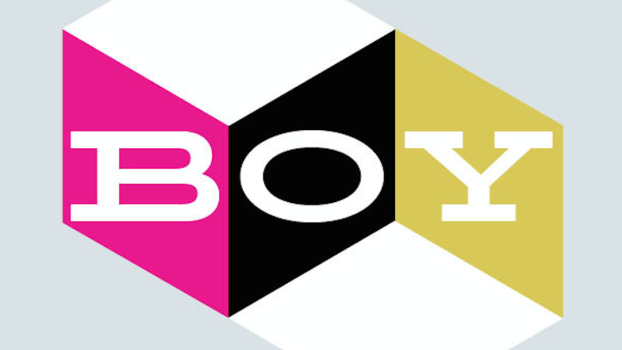 We see your DE&I committees, equitable pay plans and inclusive hiring endeavours. But when it comes to gender equity, are all these initiatives actually making it out of meeting boardrooms to create real change in the workplace?
We see your DE&I committees, equitable pay plans and inclusive hiring endeavours. But when it comes to gender equity, are all these initiatives actually making it out of meeting boardrooms to create real change in the workplace?
Capterra went right to the source to find out. It surveyed nearly 1000 Canadian male and female part- and full-time professionals to learn more about their experiences in fair treatment, equitable pay and representation.
When it comes to equal treatment, the study authors note that it’s not as simple as hiring an equal number of men and women. To understand where inequalities are affecting women, the study separated factors of employment to find the differences.
The report looked at how comfortable men and women felt asking for promotions that support career advancements. Of the respondents, 41% of male employees said they felt mostly or totally comfortable asking their manager for a promotion, while only 27% of women reported feeling that same level of comfortability.
As a result, this may be impeding how women advance in their careers: 42% of women surveyed have never asked for or received a promotion, compared to 33% of men. They were also less likely to receive unsolicited promotions than men. Nearly a third (32%) of men got promoted without having to ask, while this only happened for 27% of female respondents.
Women were also less likely to be happy with their pay compared to men. While 45% of male respondents said they were satisfied with their current salary, only 37% of female respondents said the same. Of the women who weren’t highly satisfied with their pay, reasons included feeling they weren’t paid enough for the work that they did (43%), believing they weren’t paid enough to make a good living (42%) and that they thought other people in the same position were paid more (21%).
Closing pay gaps is a directive from the government, as outlined in its Pay Equity Act, which aims to establish and maintain pay equity plans within organizations. The Act says that such a plan within an organization should determine job classes, identify whether they’re predominantly male- or female-dominated, evaluate the work produced by each job class and calculate compensation, and compare compensation between job classes doing work that is of equal, or near equal, value.
The vast majority of respondents said that they think pay equity initiatives are being respected at their companies (80%). But perceptions of equitable pay between genders tells a different story. More than a quarter of women surveyed (27%) believe their company is paying female employees less than their male counterparts, while only 9% of male respondents share this opinion.
What could be agreed upon when it comes to pay equity is that respondents just don’t know: The majority of respondents (41%) were unsure whether their company adjusted salaries to pay men and women the same amount.
To combat perceptions of inequality and to build trust, the report suggests that companies be transparent about their salary equity efforts. This doesn’t necessarily mean publishing individual salaries, but could translate to being upfront about salary ranges for certain roles (both internally and on job boards), explaining how they’re calculated and letting employees know how they could reach the next pay level.
Some encouraging news is that most respondents reported that gender representation on their teams was mostly split evenly: 32% reported a fifty-fifty split, while 25% said that their team was made up of 60 – 90% women.
Representation still seems to be lagging in leadership roles, though. The majority of respondents (46%) said there were “a few” women in senior leadership roles in their company, which is less than equal representation. Though 41% reported having “many” female leaders at their job, 10% reported that there were no women in leadership positions in their company.
The seniority levels of survey respondents showed some clear gender bias in executive and upper management roles. Male employees were more likely to hold managerial roles than female employees, while women were shown to hold mid- to junior positions at higher levels than men.
The study suggests that bias during the recruitment process may be factoring into these findings. It advises that one way to eliminate bias during hiring is for recruiters to use applicant tracking systems. These systems often have options to remove photos, gender identities and names while recruiting.
While some organizations seem to be headed in the right direction in correcting gender equity, Capterra’s study confirms there’s still room to grow. A quarter of female respondents said that their company organized events, actions and programs to promote gender equality. That’s cause for celebration, but is also a reminder that the majority (48%) reported that their company had no such programs in place.
To put programs in place, it’s recommended that organizations consider building communities and resource groups and recruit coaches and mentors. Creating more outlets for transparency, equal advancement and fair delegation of opportunities are also important steps to ensuring organizations are truly equitable.























